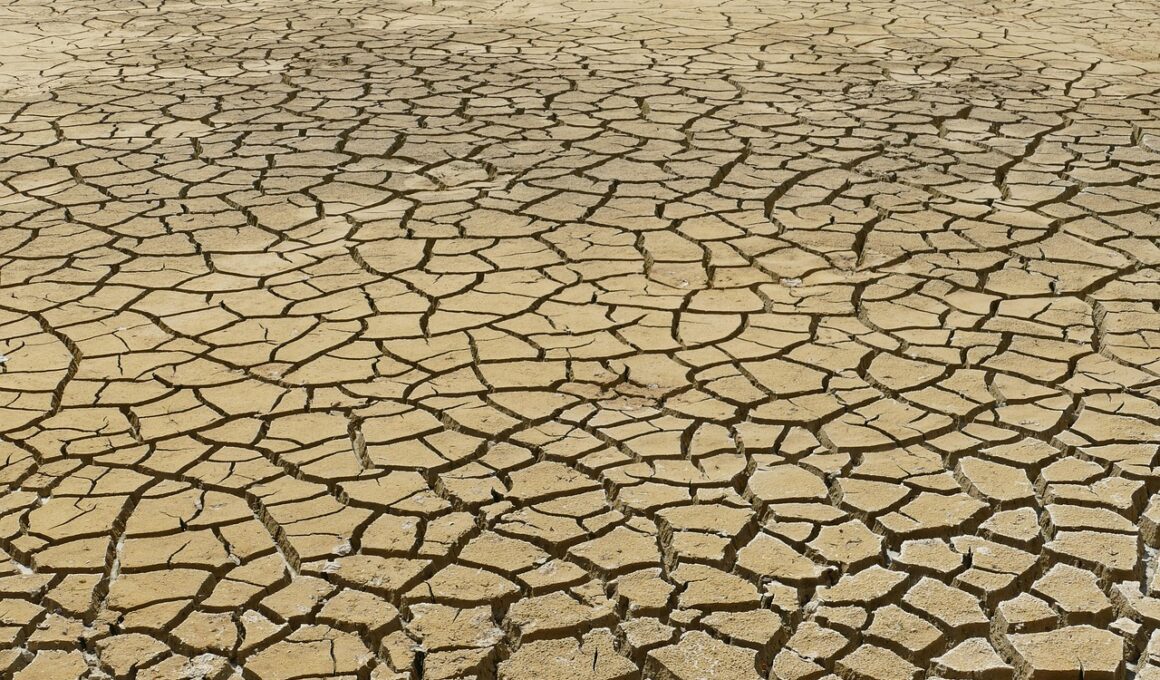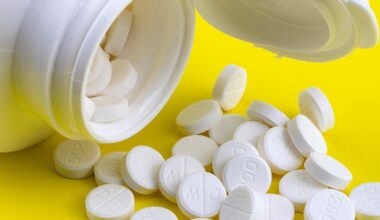How to Identify Dehydration in Cats
Ensuring your cat’s health is a vital aspect of pet ownership. One of the critical health concerns you should be aware of is dehydration. Cats can become dehydrated for several reasons, including illness, heat, and not drinking enough water. Knowing the signs of dehydration can help you act fast if your cat shows symptoms. Dehydration can lead to serious health problems if left untreated, so it’s essential to monitor your pet regularly. Key signs include dry gums and sunken eyes. You should also observe whether your cat’s skin loses elasticity. Gently pinch the skin at the back of the neck; it should return quickly. If it stays tented, this indicates dehydration. Another symptom can be lethargy or decreased activity, which may be subtle but crucial to note. Pay particular attention to changes in your cat’s behavior. Always make sure that your cat has access to fresh, clean water. If you suspect dehydration, consult a veterinarian immediately as prompt treatment is essential.
One of the first signs is dry gums, which are a clear indicator of dehydration in cats. To check your cat’s gums, gently lift its lip and inspect the color and moisture level. Normal gums should be pink, moist, and shiny. If they appear dry, sticky, or pale, it could signal dehydration. Additionally, observe if these symptoms are accompanied by bad breath or a decreased appetite. Sunken eyes are another alarming symptom that may indicate your cat is dehydrated. Watch for changes in your pet’s eyes, such as them appearing dull or less round. When looking straight into your cat’s eyes, if they seem hollow or sunken, it is imperative to check for other symptoms. Lethargy could coincide with these signs, and you may notice your cat being less active than usual. Do note sudden behavioral changes, including an increase in sleeping or hiding. Changes in litter box usage can also signal health issues. Tracking your kitty’s water intake is essential; if you notice that your cat is drinking significantly less, that’s a cause for concern.
To evaluate your cat’s hydration status, monitor its skin elasticity. A simple test is the skin pinch method; gently pinch a section of your cat’s skin and lift it. If it returns quickly to its normal position, your cat is most likely hydrated. If the skin stays lifted and doesn’t fall back quickly, this could indicate dehydration. It’s also important to recognize that during hot weather or after physical activities, cats may become dehydrated quicker than usual. Furthermore, consider your cat’s diet. Cats eating primarily dry food may require more water intake compared to those on wet food. Wet food typically provides hydration indirectly, but keep an eye out for persistent changes. If your cat refuses food or water, or exhibits any signs of distress, it’s better to be safe than sorry. Contacting your vet for advice is the best course of action. Remember that detecting early signs means proactive measures can be taken to ensure your pet’s recovery. Always keep a close watch on your kitty’s health and behavior to catch any subtle changes.
Behavioral Red Flags
Changes in behavior can also be a signal of dehydration in cats. If your feline friend is usually playful but suddenly becomes withdrawn or reluctant to engage, this could be a warning sign. Watch for any signs of lethargy or unusual resting behavior. Cats that are dehydrated may also show reduced grooming habits. If your furry companion is neglecting its grooming duties, it could indicate health problems. You may notice a change in their coat texture, becoming dull and brittle. Pay attention to whether your cat is vocalizing more or less than usual as behavioral changes can indicate discomfort due to dehydration. Lower energy levels and reduced interaction with you or toys often show that something isn’t quite right. If you notice a combination of these symptoms, it might be time for a vet visit. Always try to keep your pet’s routine intact to better identify any deviations in their behavior. Staying aware of your cat’s normal habits ensures you can make informed decisions about their health when needed.
When assessing your cat’s risk of dehydration, it’s crucial to consider their age and health status. Senior cats and those with chronic health conditions may be more susceptible to dehydration. Regular veterinary check-ups can help identify underlying issues that may predispose your cat to dehydration. A consistent monitoring routine of your cat’s behavior, drinking habits, and appetite can provide useful insights. Not only should you keep an eye on their hydration status, but you should also be proactive about ensuring they always have access to clean water. If your cat is still reluctant to drink, consider enticing them with ice cubes or putting a few drops of low-sodium broth in their water. You can also try various bowls or fountains that might pique their interest. Creating a refreshing environment can encourage your cat to increase their water intake. If all else fails, don’t hesitate to speak to your vet about potential alternatives or solutions that may help your cat stay hydrated. Every little effort contributes to their overall well-being.
Consulting a Veterinarian
If you notice signs of severe dehydration or if your cat’s health is deteriorating, it’s necessary to seek veterinary care immediately. In some cases, dehydration might be a symptom of an underlying health issue, such as diabetes or kidney disease. A veterinarian will conduct a thorough examination, which may include blood tests or urine tests, to diagnose the issue effectively. Early diagnosis is critical for the best treatment options. Following through with your vet’s recommendations will have a significant impact on your cat’s health. They can guide you on how to administer fluids and maintain proper hydration if your cat struggles to drink on their own. In specific cases, your vet may recommend fluid therapy, either orally or through injections. Following your vet’s advice, maintaining proper hydration can significantly improve your cat’s quality of life. Always be proactive about addressing any concerns that arise regarding your cat’s health or hydration. Consistent communication with your veterinarian strengthens the vital bond of trust essential for effective pet care.
In conclusion, the signs of dehydration in cats can range from subtle to alarming. Regular monitoring of your feline’s drinking habits, behavior, and overall health can help you catch dehydration early. Dry gums, sunken eyes, lack of energy, and changes in grooming all contribute to an overall assessment of your pet’s hydration status. Knowing the practical methods to check hydration status, like monitoring skin elasticity, will empower you as a cat owner. Behavioral changes can signal that something is wrong, making it essential to know your cat’s normal behavior. Avoiding dehydration should be part of a cat owner’s responsibilities. Ensure your cat has access to fresh water at all times and provide a diet that encourages hydration. Don’t hesitate to talk to your veterinarian about any persistent concerns. Stay vigilant, as a proactive approach can significantly improve your cat’s well-being. Remember, hydration is crucial for maintaining your cat’s overall health. Be attentive, responsive, and ready to take action to ensure your dear companion remains well-hydrated and healthy.


